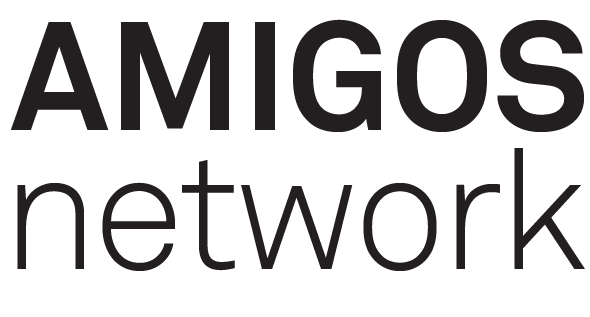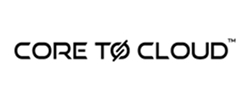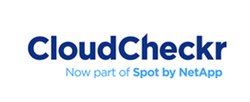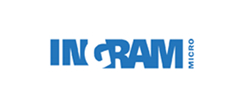Wednesday, October 11, 2023 by Shelley Hirst
Lead generation is a critical aspect of business growth and the IT channel is no exception. The plethora of seemingly 'perfect' ways to invest in creating those golden nuggets mean approaches are becoming even more fragmented and siloed.
Here, we aim to cast some light on the highly debated nature of lead generation within our industry, exploring issues such as lead quality, vendor-distribution-partner dynamics, evolving customer behaviour and the impact of emerging technologies.
1. Lead quality vs quantity
One of the biggest debates in lead generation revolves around the balance between lead quality and quantity, with vendors and channel partners often finding themselves at odds when it comes to prioritising leads.
Vendors may prioritise quantity, emphasising the need for a high volume of leads to maximise the chances of partner conversion. On the other hand, partner sales teams emphasise the importance of lead quality and propensity to convert without too much effort.
Striking the right balance between quality and quantity remains a constant challenge, as both sides have valid arguments and different objectives.
In the end, the goal is the same, more conversations that result in business.
2. Strained channel relationships
Lead generation can frustrate the relationships between vendors and their distribution and channel partners. It's quite right that whoever is funding a programme should expect a return on that investment. Unless outcomes are fully agreed up front and accountability is assigned for results at the different stages, tensions can follow due to 'unspoken' expectations. Vendors who invest the lion's share have the most to lose when this goes wrong.
Partners on the receiving end of funding can become overwhelmed when they realise getting people to show up at an event (just one metric on which they could be being measured) is actually way more difficult than they thought. Calling around the week before just to get the right number of 'bums on seats' isn't likely to be perceived as being a great outcome. Also, getting them to turn up an event is one thing, but managing them onward from that is entirely another.
Distribution sit somewhere in the middle typically, handling the budget and evidence of engagement with the programme. Rarely do they have any influence or engagement with the buyer itself as it's not their role. Should they in fact, de-couple from the end user lead generation process altogether as we somewhat contentiously discussed in our recent article?
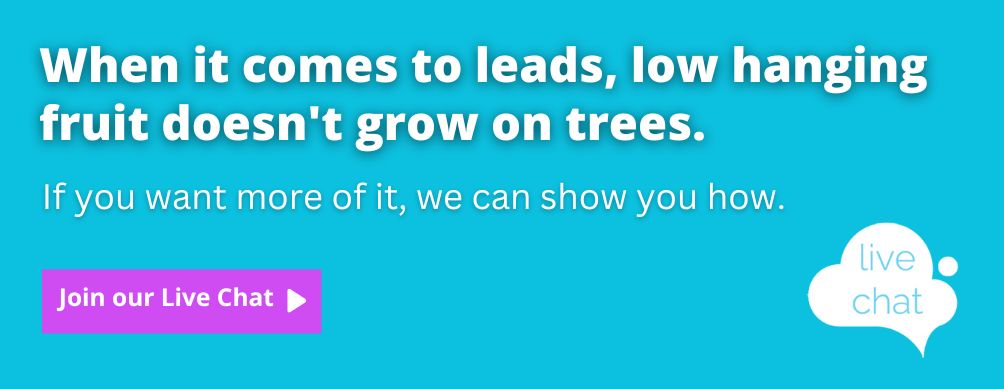
3. Evolving customer behaviour
The IT industry has witnessed significant shifts in customer behaviour, posing new challenges for lead generation in the IT channel.
Today's buyers are more empowered, conducting extensive research and engaging with multiple touchpoints before making a purchasing decision. Traditional lead generation methods, such as cold calling, call out days following up email blasts, and events as standalone activities are less effective than they were in years gone by and yet still remain a significant part of activity.
Buyers seek personalised experiences, valuable content and meaningful engagement. This shift requires vendors and partners to adopt new strategies, including content marketing, social media engagement, and account-based marketing, to capture and nurture leads effectively through the entire buying process - however long that takes.
4. The impact of emerging technologies
Emerging technologies, such as artificial intelligence (AI), automation, and predictive analytics, are reshaping the lead generation landscape in the IT channel. While these technologies hold immense potential, they also present challenges.
AI-powered lead scoring and automated lead nurturing can help streamline and optimise lead generation efforts. Yet the implementation and integration of these technologies requires significant investment, technical expertise and data management capabilities. Additionally, concerns regarding data privacy, security and the ethical use of customer data have further complicated the adoption of emerging technologies in lead generation.
Not to mention using it consistently and effectively will be cost-prohibitive in terms of licenses, skills and knowledgeable resource to support the sales channel.
5. Collaboration and alignment
Successful lead generation in the IT channel requires collaboration and alignment between vendors and partners. However, achieving this collaboration can be contentious and challenging.
Vendors must provide partners with comprehensive training, resources, and support to effectively generate and convert leads. Clear communication channels and shared goals are essential for building a strong vendor-partner relationship.
Similarly, partners must provide feedback, share market insights and actively engage with vendors to refine lead generation strategies. Collaboration and alignment enable both parties to leverage their strengths, address challenges collectively and drive effective lead generation.
Conclusion
While challenges persist, recognising and addressing these issues can pave the way for more effective lead generation strategies. Fostering collaboration, prioritising lead quality, adapting to changing customer behaviour and embracing emerging technologies are vital steps towards navigating the contentious landscape of lead generation in the IT channel.
Implemented well, vendors and partners can generate high-quality leads, enhance customer engagement and drive sustainable business growth.
Author: Shelley Hirst, The Amigos Network
email: shelley.hirst@theamigosnetwork.com
How we can help
For those not equipped to manage the complexities of managing buyer intent and/or sales management of resulting leads, our fully managed, plug-and-play, buyer-community-led programmes put you in front of the very buyers you seek to influence.
For 52 weeks of the year, we keep you front of mind, monitor their engagement and progression and deliver them to you at a point they are ready for a sales conversation. That sales conversation is backed by the intelligence we can present for every individual interaction.
Please ask us for more information or a demo.
Frequently Asked Questions
Market Activation identifies in-market buyers (via intent data, behavioural signals) and immediately engages them with tailored outreach (nurture tracks, one-to-one advisor sessions, community invites).
Demand Engine: Targeted outreach (email, ads, sponsorships) that scores clicks → qualified leads → sales-ready appointments.
Performance Dashboard: Real-time visibility into open rates, CTOR, CPL and lead progression via our online sales portal.
Content Amplification: Thought leadership shared in The Amigos Network drives deeper engagement and social proof.
Peer Validation: Prospects get candid feedback from peers on your solutions, shortening the evaluation cycle.
Pipeline Catalysis: Warm introductions and referral paths within the community fuel high- intent conversations.
- Top-of-Funnel: Build credibility through community content and events.
- Mid-Funnel: Leverage peer case studies, expert Q&As, and live demos to answer deep technical questions.
- Bottom-of-Funnel: Invite high-intent members to advisory councils or private 1:1 sessions, often the final nudge before purchase.
- Interesting content: We originate, curate, and syndicate different types of content we know our audiences want to engage with and tell them it’s there.
- Sponsored content: We use sponsored content to drive engagement with individual brands.
- Promotion: We promote that content via multiple channels such as email, social media, YouTube, and so on.
- Identification: We ingest company-level engagement signals and combine it with known contacts that may be researching key topics.
- Segmentation: Members are bucketed by level of intent (high, medium, low) plus ICP fit and company size.
- Activation: High-intent members receive prioritised community invitations (events, focus groups, product deep-dives) to accelerate deals.
- Purchased data highlights who’s in-market.
- Community engagement reveals what questions they’re asking, so your nurture can be hyper-relevant.
- Result: A 2–3× lift in meeting acceptance and pipeline velocity vs. cold outreach alone.
- Marketing owns the nurture tracks, community invites, educational content, and event promos.
- Sales intervenes only at “high-intent + active community engagement” thresholds, with account-specific demos and peer introductions.
- Outcome: Fewer wasted calls and a higher win rate on truly qualified opportunities.
- Engagement Metrics: Community log-ins, event attendance, content downloads.
- Intent Conversion: % of intent-scored members who join private roundtables or request demos.
- Pipeline Velocity: Time from first community touch to opportunity creation.
- Revenue Impact: Contribution of community-sourced deals to overall bookings.
- Average Weekly Open Rate: 40%
- Average Weekly Click-to-Open Rate: 70%
- Average Cost-per-Lead: £45
- Minimum ROI: 500%
- Average Dwell Times: 1 minute 45 seconds
